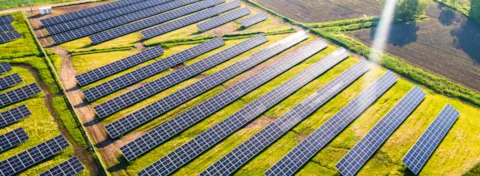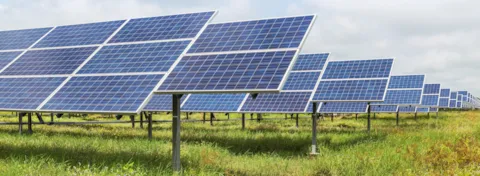
Solar Resource Compass
Accelerate solar project feasibility with trusted irradiance, albedo, and loss data.

Access a 30-day free trial with 15 site credits
Solar Resource Compass not only saves you time but also helps you maximize your investment by preventing unnecessary costs and ensuring accurate financial decisions.

Are you looking for API access and custom integrations?
Gain deeper insights and minimize risk with Solar Resource Compass Advisor, featuring 20 hours of dedicated consultation from DNV engineers, along with API access and custom integrations.


